Growing your own food is a great investment, especially in today’s economy, but what if your garden is partially shaded? Should that stop you? Absolutely not!
There are many vegetables that tolerate shade well, and you can freely grow them even if your garden doesn’t get that much sunlight. Potatoes, carrots, peas, and many more vegetables are waiting for you to plant them.
Let’s take a look!

Table of Contents
1. Potatoes
Let’s start off with potatoes, possibly the most versatile vegetables in the world. As you may know, potatoes grow under the ground.
Of course, they have above-ground leaves that collect sunlight to feed the tubers, but the part of the potato we eat develops below the ground.
The purpose of the leaves isn’t only to collect sunlight, but to protect the potatoes from it. If the potato gets too much sunlight, it will become green and develop a poisonous compound called solanine.
All in all, you can freely grow potatoes in partial shade or in a place with indirect sunlight – they’ll do just fine!

2. Carrots
Just like potatoes, carrots grow below the ground (at least the part we eat does), while the above-ground leaves collect the sunlight.
While the leaves need a lot of sunlight to develop, you’ll still get fine carrots if you grow them in the shade!
Keep in mind, though, that carrots that grow in shade are usually smaller and take more time to mature in comparison to carrots grown in the sun!
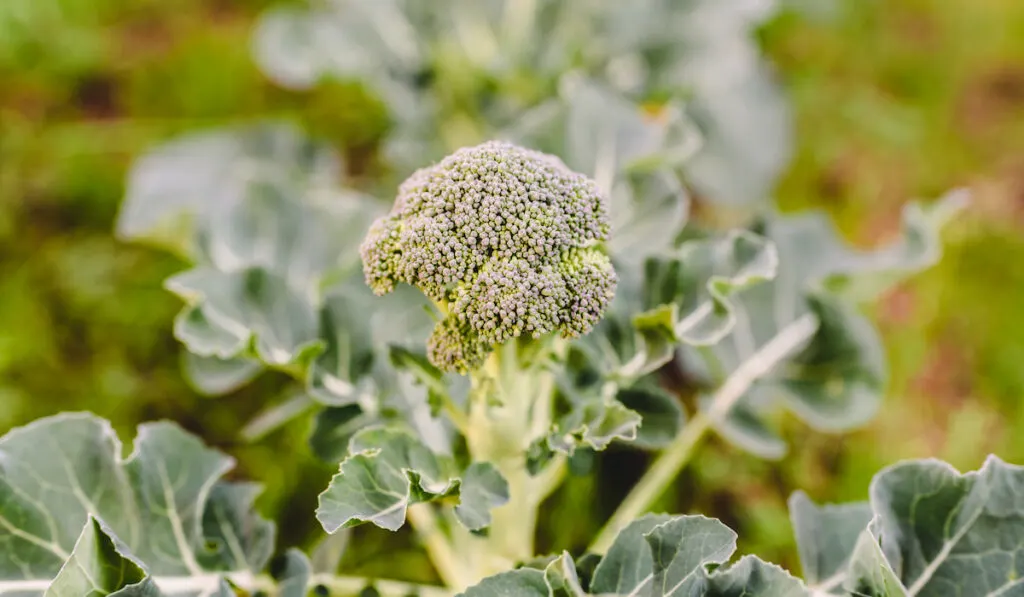
3. Broccoli
You’ll be happy to learn that broccoli is a cool-weather vegetable. It’s used to little sunlight and temperatures between 64°F and 73°F.
Broccoli is an ideal vegetable for growing in the shade.
In case you were wondering, China and India are the world’s biggest producers of broccoli, while the USA, Mexico, and Spain follow closely behind.
Broccoli is very rich in vitamins C and K (more than 100% of the recommended daily value), and similar to watermelon – broccoli is largely water!

4. Radishes
Similar to broccoli, radishes are cold-weather vegetables. They grow well if the temperature ranges between 50°F and 65°F.
While they prefer to have sunlight, they’ll do fine in the shade, especially if the temperatures are a bit higher than they’d like them to be.
If your garden doesn’t get a lot of sunshine, it’d be best to plant winter varieties, such as the Black Spanish or Daikon varieties.
As the name suggests, these varieties were bred to grow during the colder part of the year and they’ll deal with the lack of sunlight much better than spring varieties.
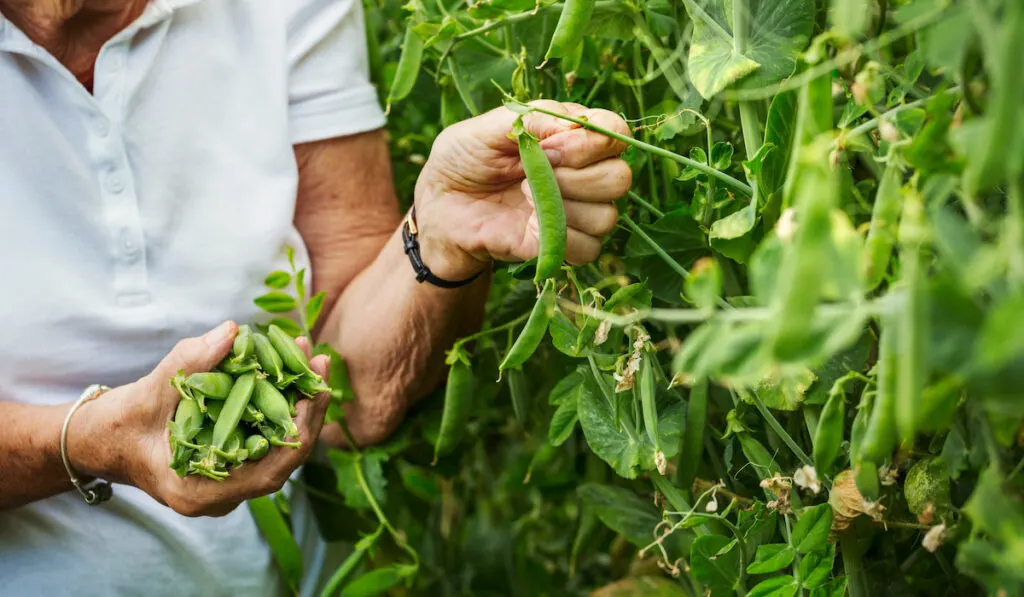
5. Peas
Traditionally, peas are grown in cool weather because they’re prone to burning in the summer. Growing them in the shade or indirect sunlight is ideal, as they prefer temperatures between 55°F and 65°F.
The most important thing about peas isn’t sunlight or the temperature, but supporting them as they climb.
Peas grow like vines, and they need something to climb onto.
Simply sticking tall tree branches into the soil is enough to support them, but if you don’t want to do that, you can always plant low-growing varieties.
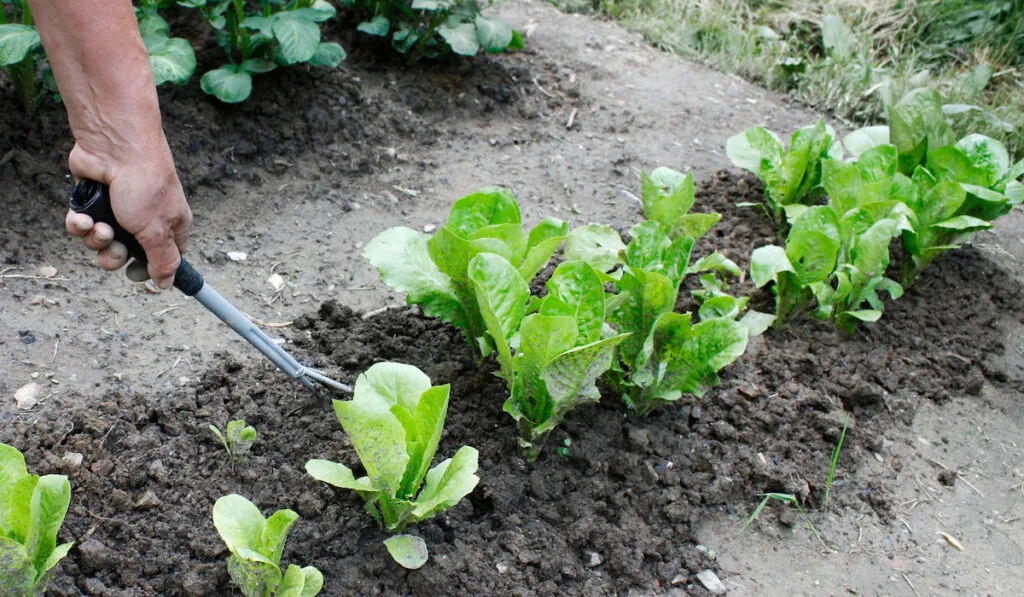
6. Lettuce
Lettuce does very well in full sun, but they’re often grown in polytunnels which provide shade and filter sunlight throughout the day.
Sun-bathed lettuce is more nutritious and has a greener more vibrant color than lettuce grown in the shade.
This is a vegetable that can grow in shade, but it’d be better to grow it in direct sunlight if possible.
Lettuce is generally an unproblematic vegetable that can handle different types of soil, temperatures, and drought periods.
The only notable problem we can point out is that they’re defenseless against pests (with slugs and snails being very common).
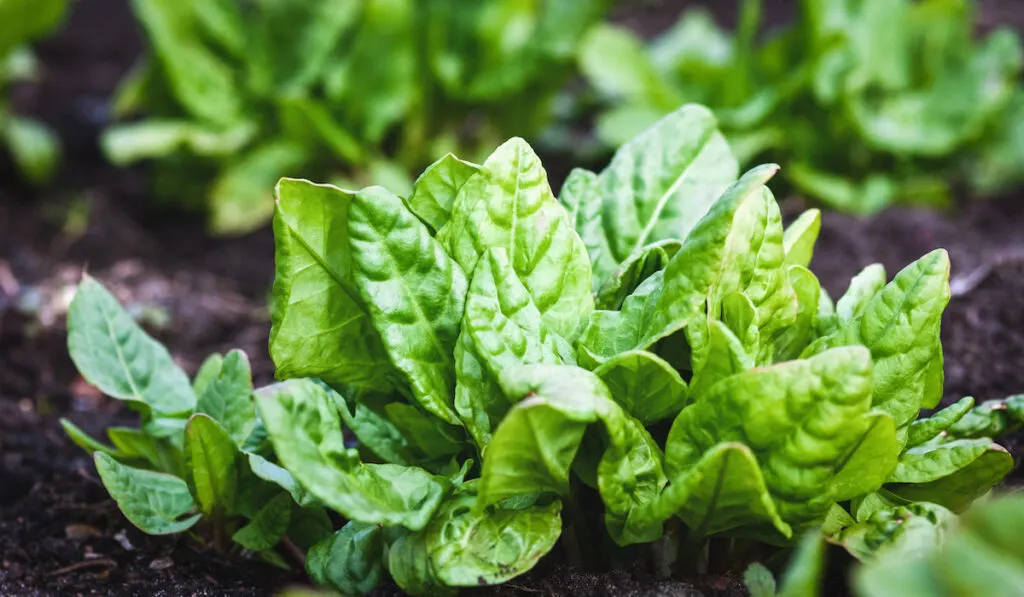
7. Spinach
Popeye’s favorite food grows best in partial shade – growing it in direct sunlight will burn the plant and you’ll see a weaker yield.
This veggie likes moist soil, and direct sunlight can dry the soil quickly, which is why you need to protect it during hot and sunny periods.
Spinach is a vegetable that requires patience, as it can take 2.5 months for it to mature after sowing seed. Both summer and winter varieties exist, with the former usually maturing quicker.

8. Eggplants
Eggplants grow best in partial shade. While they appreciate sunlight, too much sunlight will dry out all the moisture from the soil, especially in very hot climates.
They’re difficult to grow in cold climates with low humidity, but they succeed in tropical climates.
If you can’t provide the requirements they need naturally, you’ll need to build an enclosed garden where the humidity and temperatures will stay high.
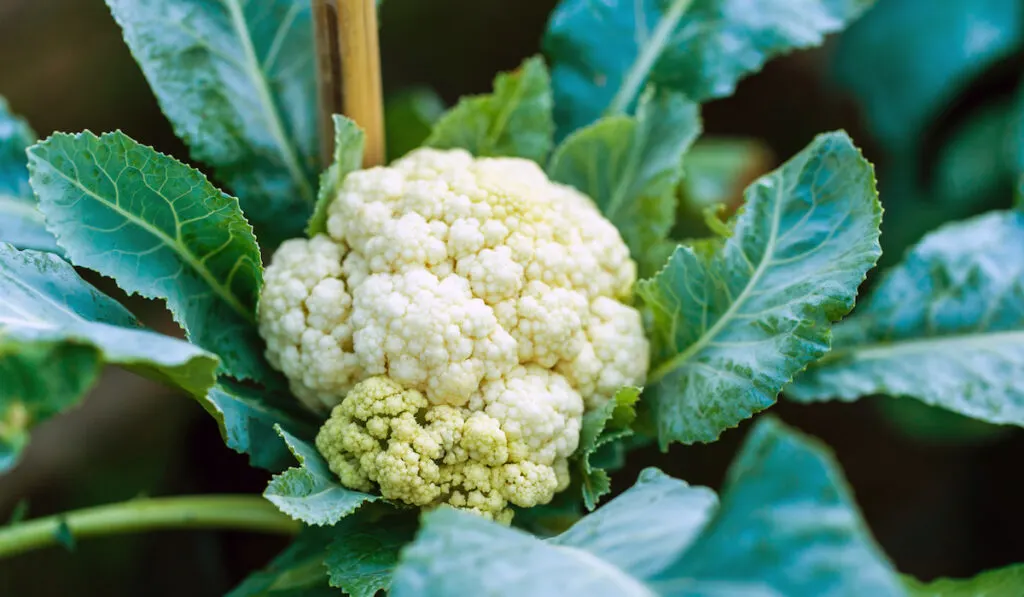
9. Cauliflowers
Similar to eggplants, cauliflowers like sunlight, but too much sunlight will cause discoloration. This often happens in the summer when they need to be protected from the intense sunlight.
Cauliflower succeeds in moist soils and warm climates with daytime temperatures ranging from 70°F to 85°F.
If the temperatures exceed that range, it’d be good to provide some shade for the cauliflowers in the afternoon, when the sunlight is most intense.
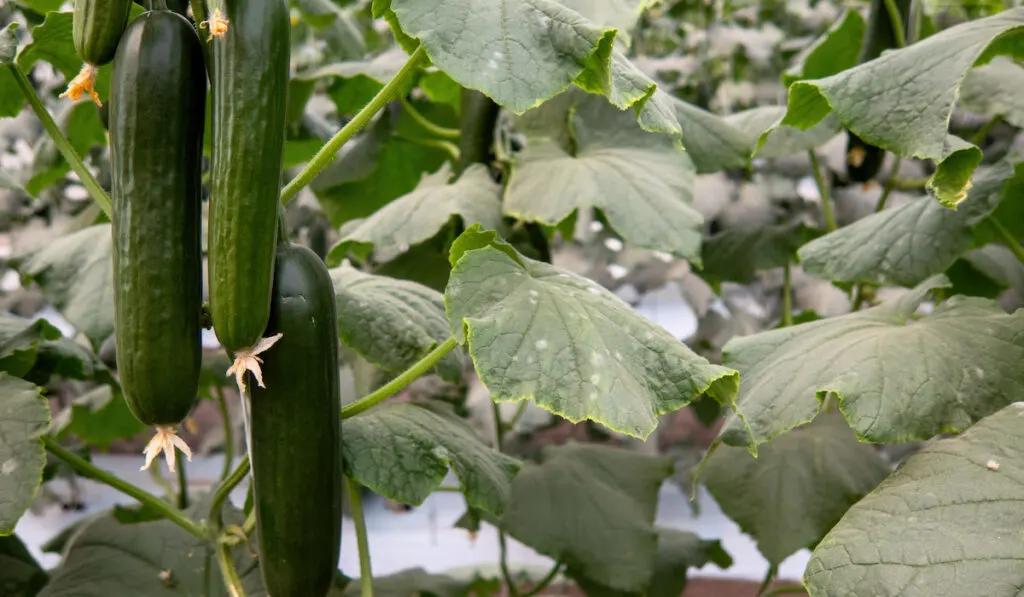
10. Cucumbers
Cucumbers aren’t that concerned with sunlight – they’re often overshadowed by other plants and they don’t mind getting irregular, indirect sunlight. Because of this, they’re easy to grow in greenhouses!
To grow large, healthy cucumbers, you need to keep them warm and water them regularly.
They like temperatures between 59°F and 77°F – they can suffer both heat and cold damage, which is why they shouldn’t get too much sunlight.
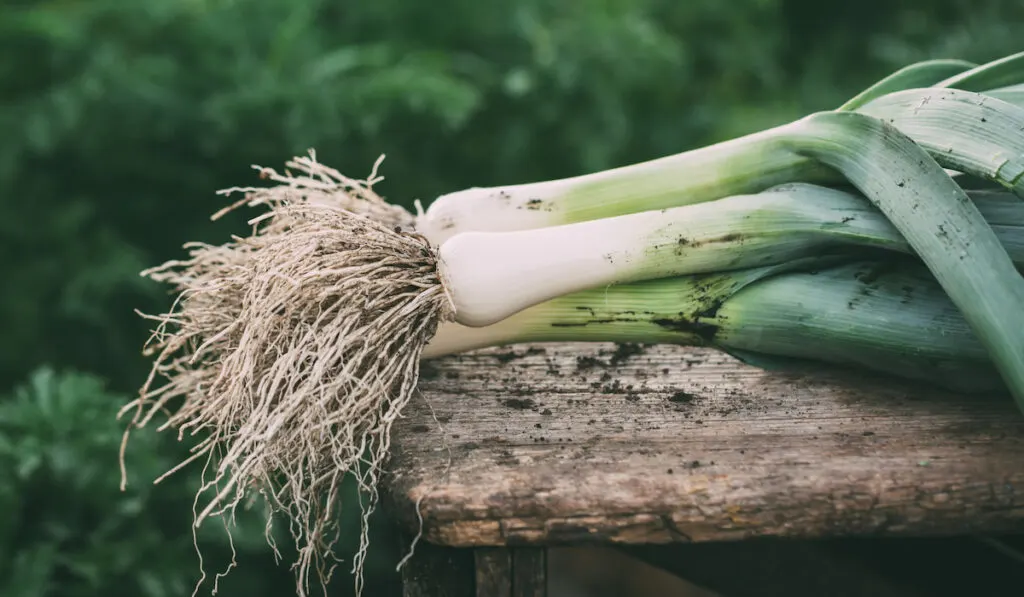
11. Leek
Leek is one of the easiest plants to grow given how little maintenance it requires.
They need some sunlight, preferably in the morning, but they do well even if they spend the majority of the day in the shade or indirect sunlight.
Because they’re related to onions, they’re often grown together. Depending on the variety, it can take up to six months for your leek to reach maturity.
However, young, immature leeks can also be harvested and eaten.

12. Kohlrabi
While kohlrabi likes the sun, too much of it will burn the plant, so they should get indirect sunlight throughout the day or spend the afternoon in the shade. These veggies are super easy to take care of!
Aside from watering them plentifully, they really don’t require much more of you.
If you see any pests, to which they’re not particularly prone (but you never know), take them out, or prevent them from attacking your plants by mulching them early on!
A Summary
Sunlight is absolutely crucial for all plants. While there are some species that have evolved to survive without it, most plants – including vegetables – still need some sunlight to feed and mature.
Having said this, the plants on this list tolerate shade very well.
Although they shouldn’t spend the entire day in the shade, being shaded in the afternoon or just receiving indirect sunlight won’t stop them from growing.
